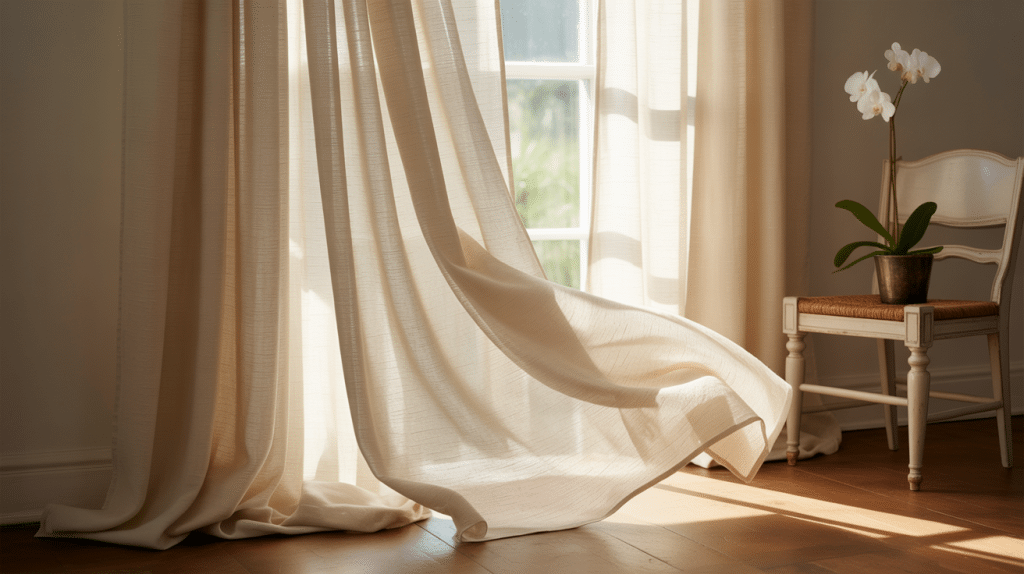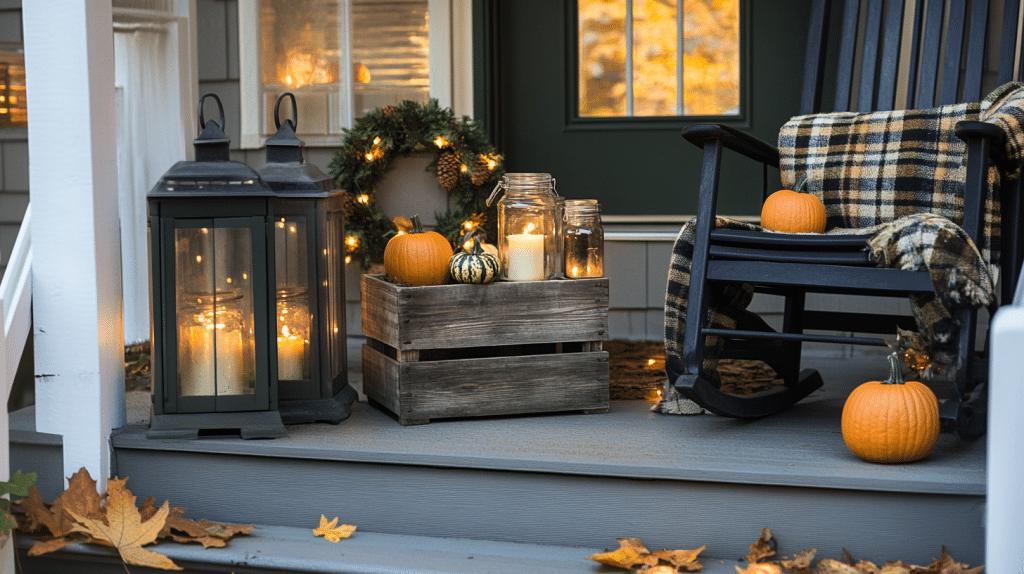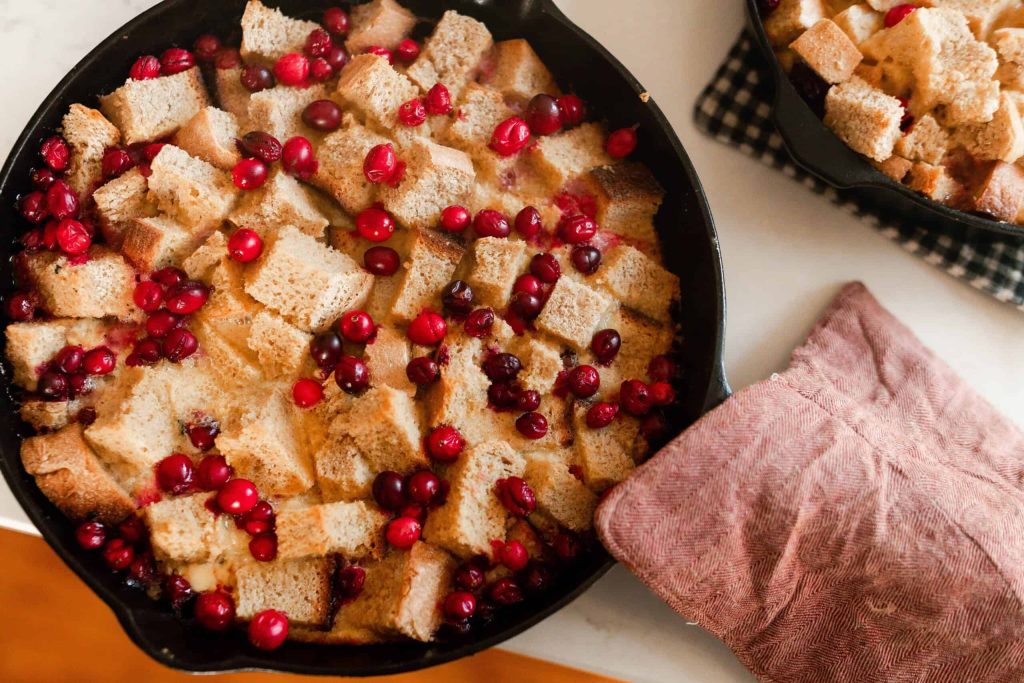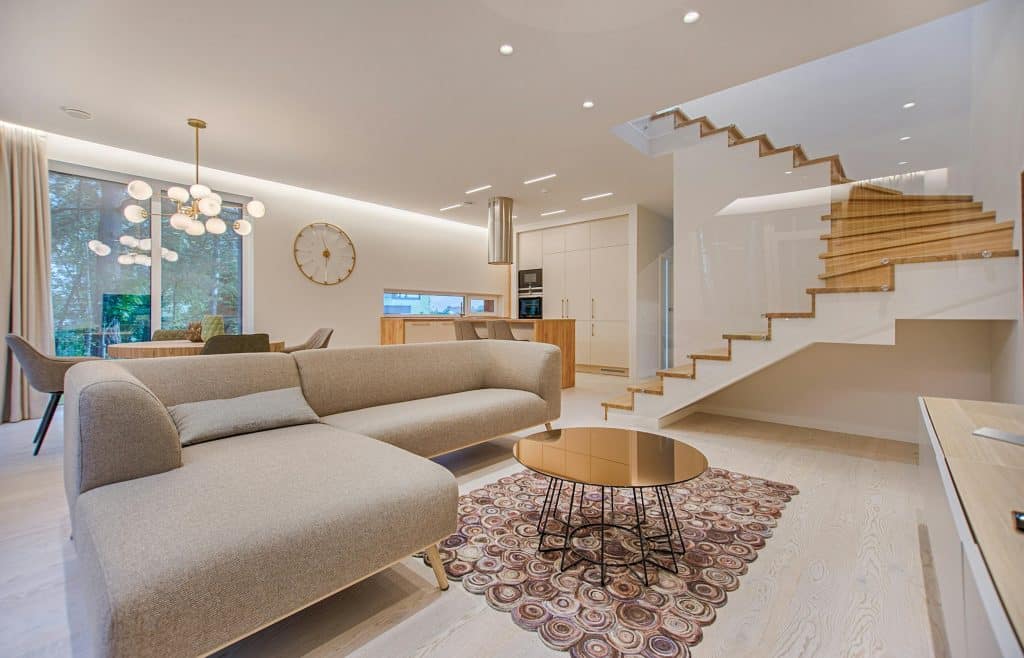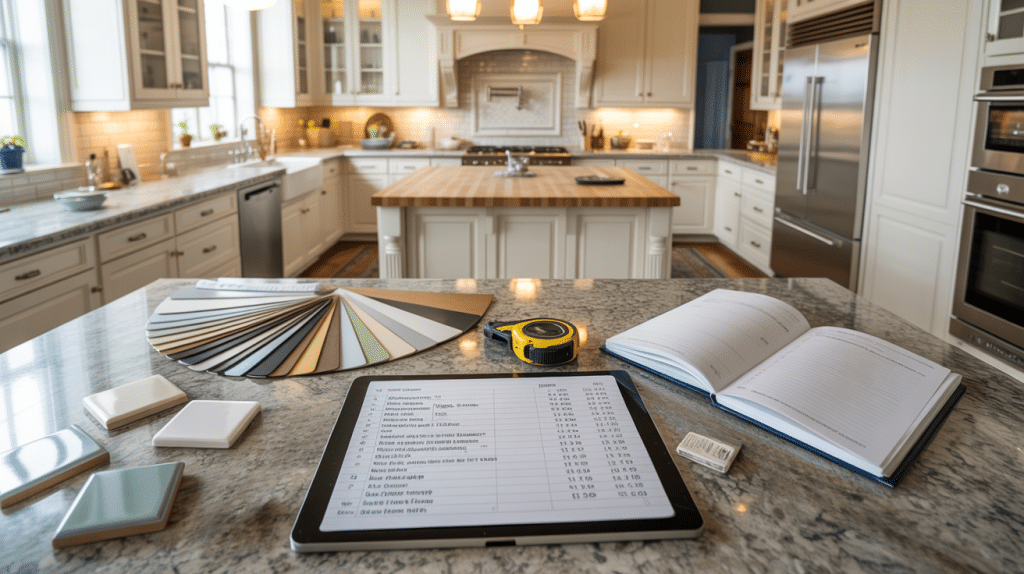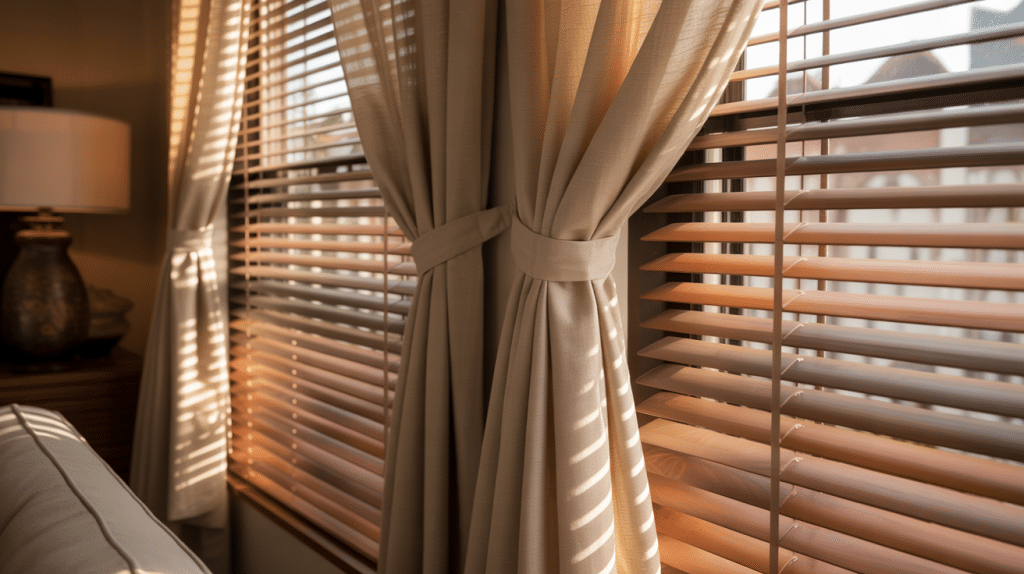Most homeowners assume any curtain will work in any room. They pick whatever looks nice at the store.
Then they get home and realize their “floor-length” curtains are either dragging on the ground or floating awkwardly above it. The room looks unfinished, and they can’t figure out why.
Each measurement is tailored to specific room types and window styles. When you match the right length to your space, everything clicks into place.
The key is knowing which standard curtain length works best for your specific situation.
How Long Should Your Curtains Be?
Curtains come in different lengths to match your windows and style preferences. Each length creates a different look and serves specific purposes in your home.
Here are the most common and standard curtain length measurements you’ll find when shopping:
- Sill Length curtains end right at the window sill, creating a clean, short look that doesn’t extend below the window.
- Apron Length hangs 4-6 inches below the window sill, covering part of the wall underneath the window frame.
- Floor-length curtains touch the floor without dragging, creating a neat appearance that doesn’t pool on the ground.
- Floating or Kiss Length Hangs 1-2 inches above the floor, appearing to “float” just above the ground without touching.
- Puddle Length has extra fabric that pools softly on the floor, creating a relaxed, flowing look with gathered material at the bottom.
- Extra-long lengths are very long curtains for high ceilings or a dramatic effect, often custom-made for specific room measurements.
Matching Your Curtain Length to Size and Room Preference
The ideal curtain length depends on your window size, ceiling height, and personal style preferences. Most rooms work best with curtains that either just touch the floor or hang slightly above it.
| Types | Inches | Best For |
|---|---|---|
| Sill Length | 24–36″ | Kitchens, Bathrooms |
| Apron Length | 30–36″ | Laundry Rooms, Small Bedrooms |
| Floor Length | 63–84″ | Living Rooms, Bedrooms |
| Floating Kiss | 84–95″ | High-Traffic Areas |
| Puddle Length | 95–108+” | Dining Rooms, Master Bedrooms |
| Extra Long | 108+” | Formal Rooms, Tall Ceilings |
If you are wondering about the right color curtains for your home, you can check out our other blog: What Color Curtains Should I Choose for My Home?.
Easy Steps to Find out Standard Curtain Length
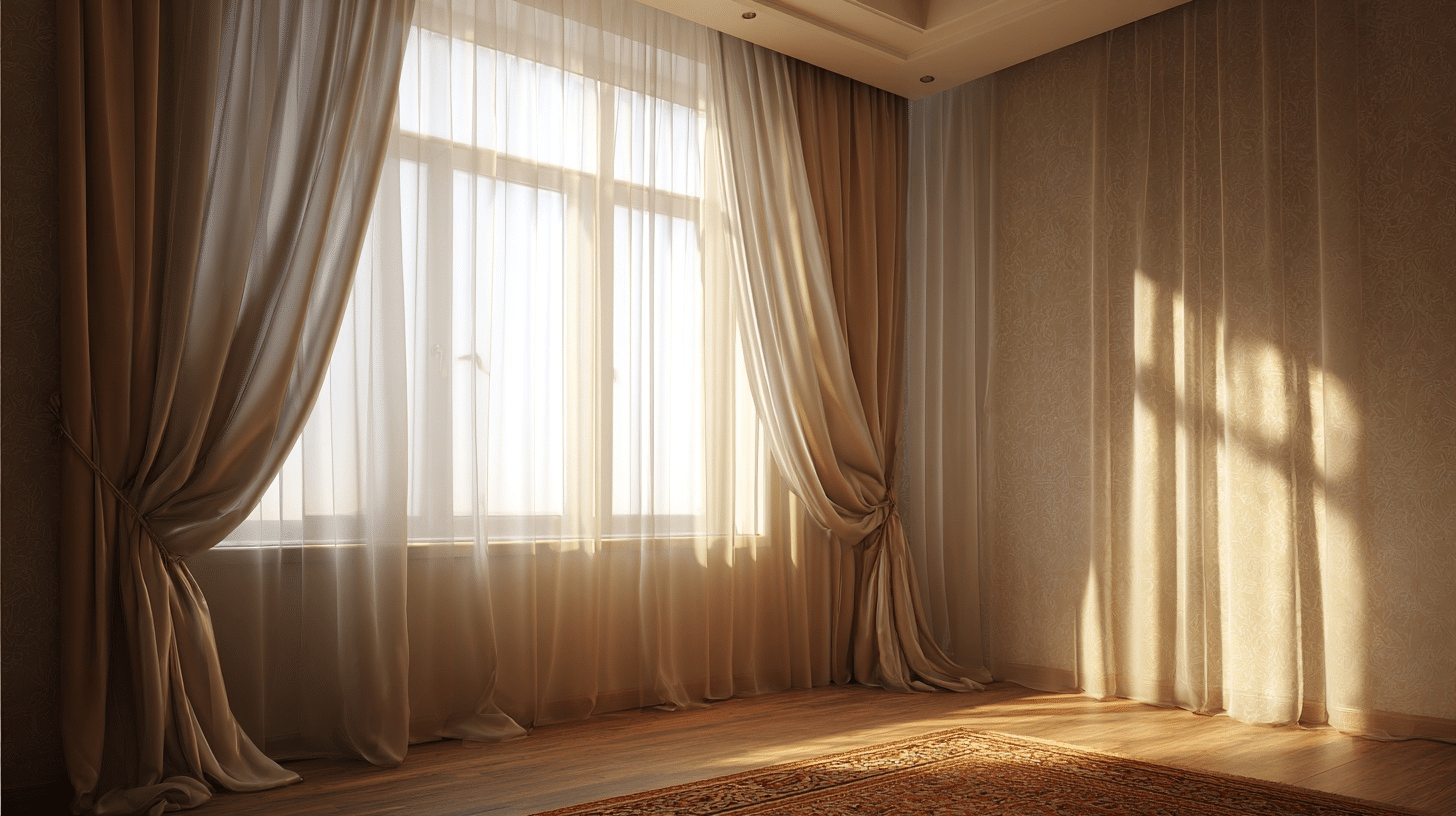
Selecting the perfect curtain length doesn’t have to be complicated.
Follow these simple steps to measure your windows correctly and pick the ideal standard length for your space:
1. Measure Your Window Height
Measure from the top of your window frame down to the floor. Use a tape measure and write down the number in inches. This indicates the required length of your curtains.
I recommend measuring in three spots across your window width to ensure accuracy. Sometimes, floors aren’t perfectly level, so taking multiple measurements helps you get the best fit for your space.
2. Decide Where to Hang Your Rod
Pick where you’ll put the curtain rod. You can mount it above the window frame or right at the frame. Hanging it higher makes your room look taller.
I suggest mounting the rod 4-6 inches above your window frame for the best visual effect. This extra height creates the illusion of larger windows and makes your ceilings appear higher than they actually are.
3. Think About Your Room
Different rooms need different curtain lengths. Bedrooms work well with long curtains for privacy. Kitchens need shorter ones so they don’t get in the way of cooking.
I find that living rooms benefit from floor-length curtains that create a formal look. Bathrooms often work better with shorter styles to avoid moisture issues. Consider how you use each room when making your choice.
4. Choose Your Standard Size
Match your measurements to these common sizes: 63 inches for short windows, 84 inches for normal windows, 96 inches for tall windows, or 108 inches for very high ceilings.
I always recommend going slightly longer rather than shorter if you’re between sizes.
Most stores carry these standard lengths, making it easier to find matching panels. Keep your room’s style and function in mind when selecting the final size.
5. Test Before You Buy
Double-check your measurements against the standard length you picked. Add a few inches if you want the curtains to pool on the floor.
Subtract a few inches if you prefer them to hover just above the floor. I suggest bringing a tape measure to the store to verify the actual curtain length.
Some manufacturers may have slight variations in their sizing, so checking beforehand saves you from returns later.
Types of Curtains
Different curtain styles serve various purposes in your home. Understanding these options helps you choose curtains that match both your functional needs and design preferences.
Here are the basic curtain types that you can buy for your home:
Sheer Curtains
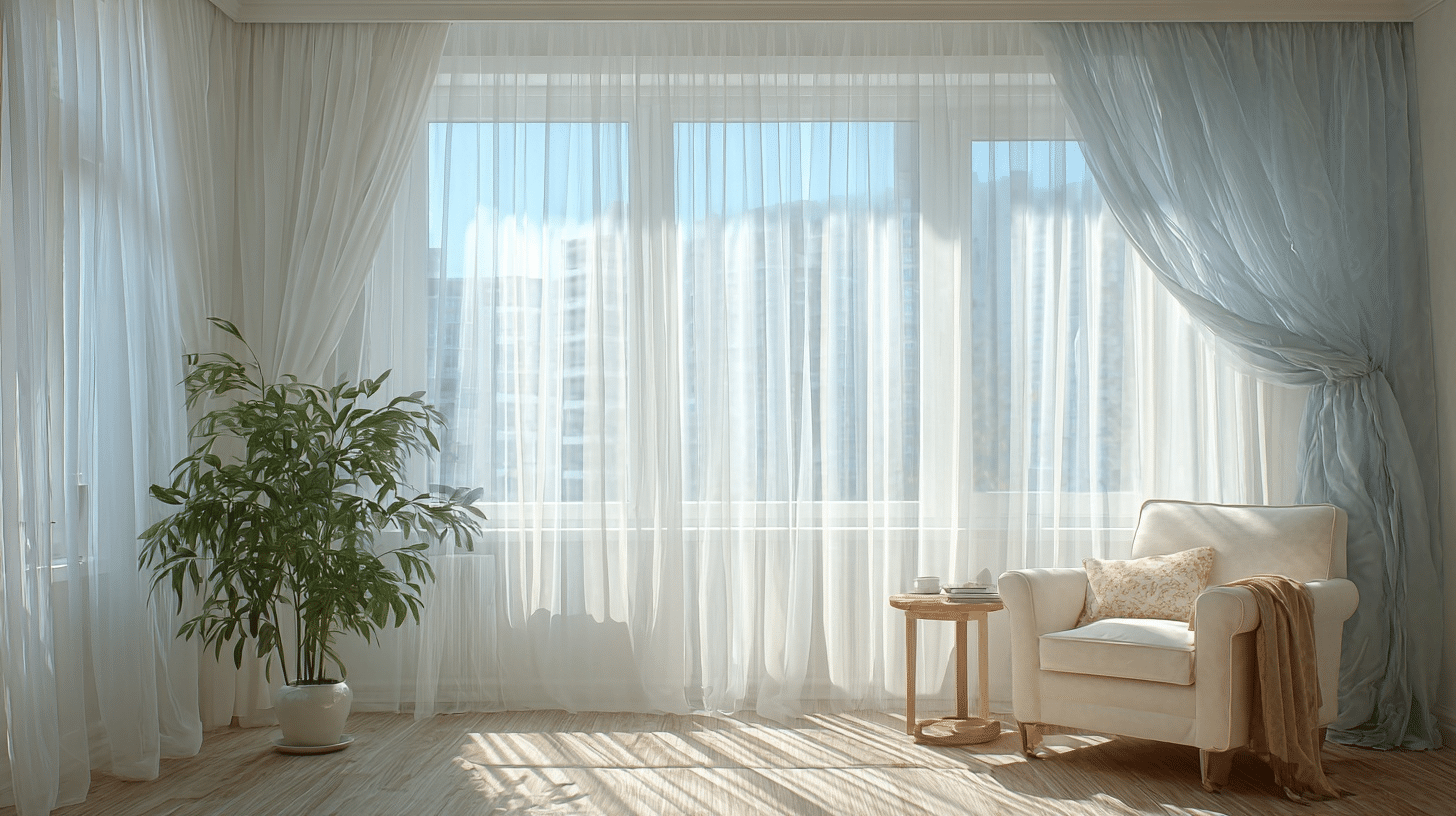
Sheer curtains are made from lightweight, translucent fabrics like chiffon or voile.
They allow natural light to filter through while providing minimal privacy. These work well in living rooms and dining areas where you want brightness but need some window coverage.
Blackout Curtains
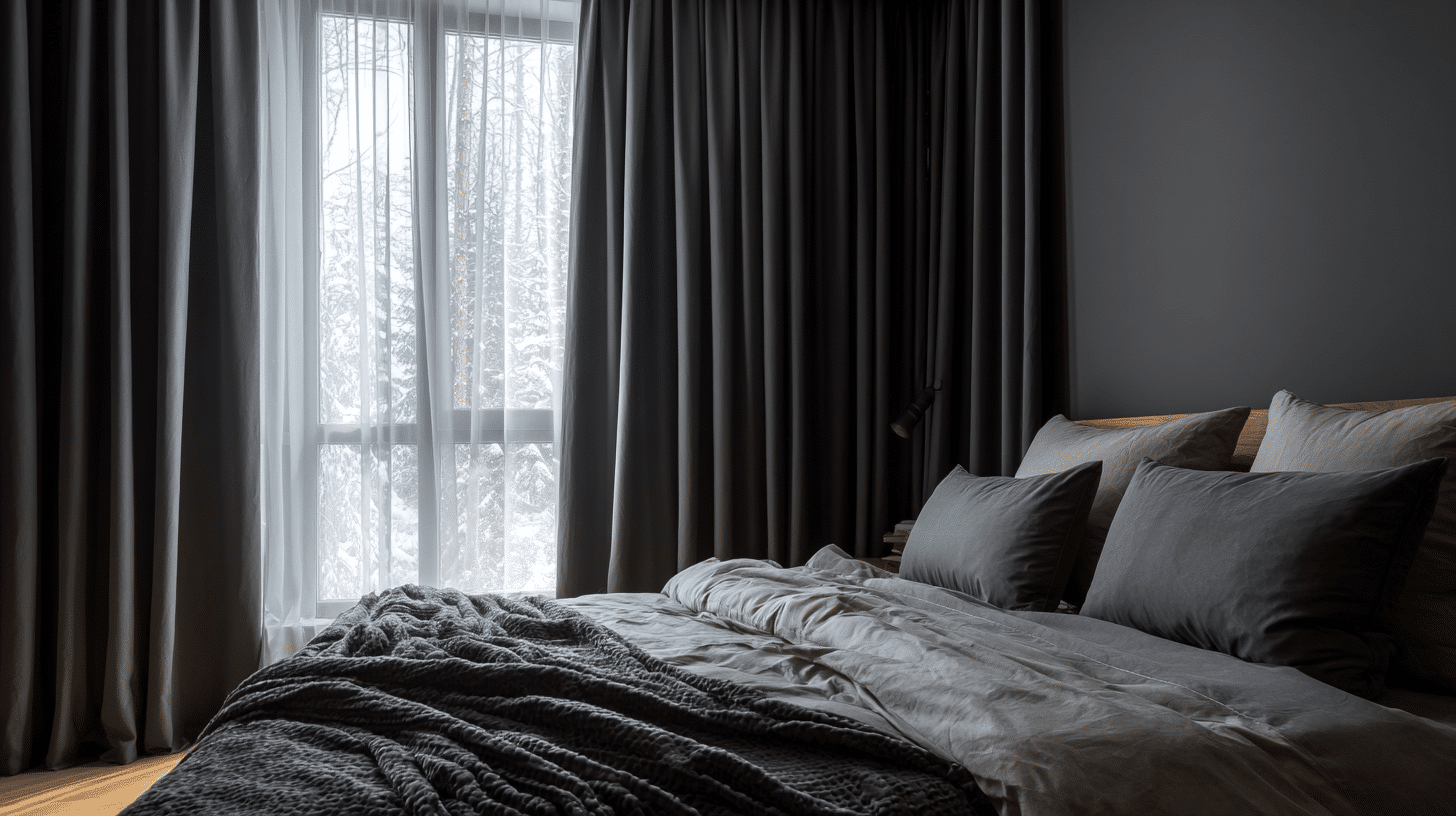
Blackout curtains block nearly all light from entering your room. They’re made with special lining or thick fabrics that create darkness.
Perfect for bedrooms, nurseries, or home theaters where you need complete light control for better sleep or viewing.
Thermal Curtains
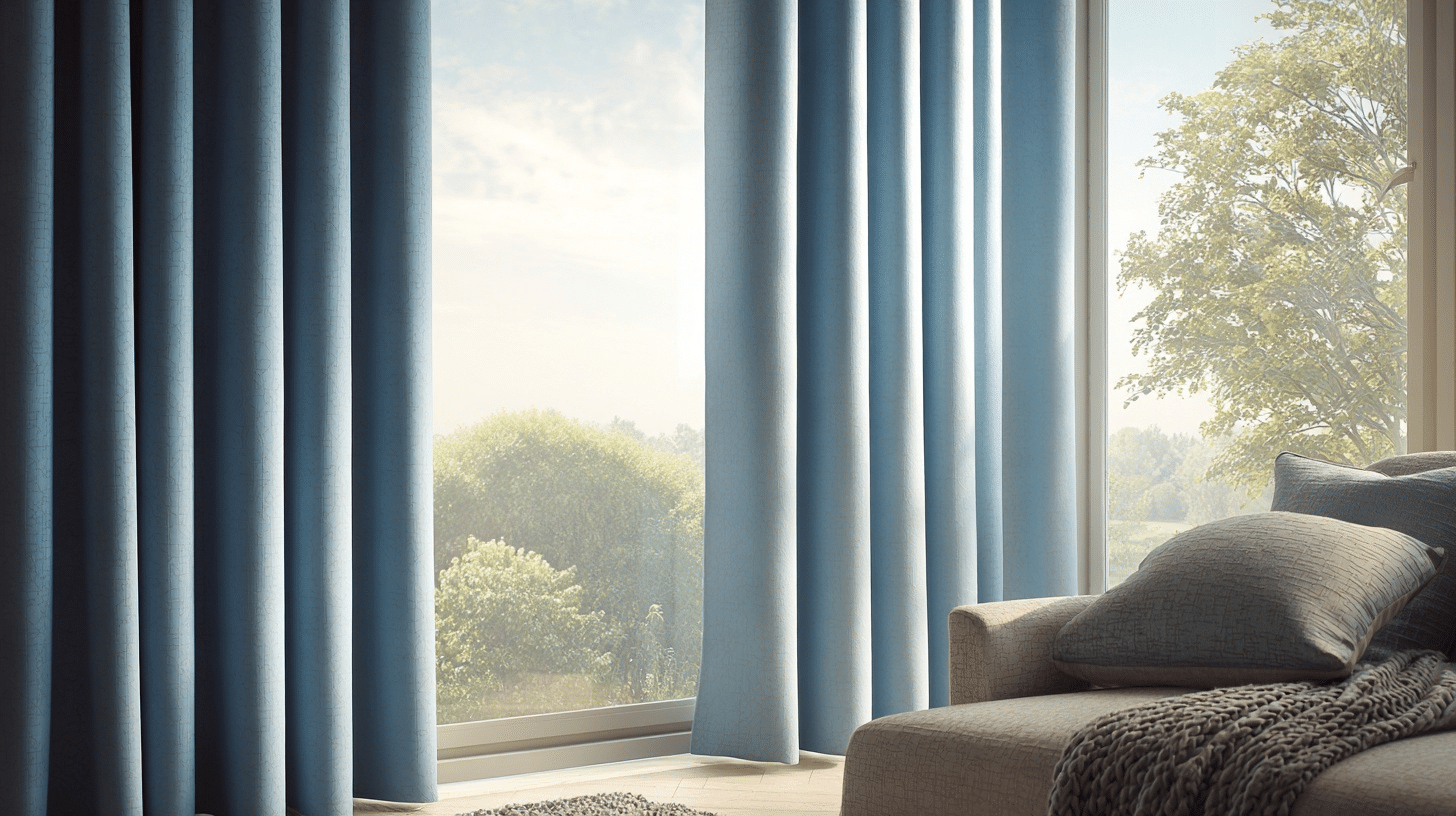
Thermal curtains have insulating properties that help regulate room temperature. They keep warm air during winter and cool air during summer.
These energy-efficient options work well in any room where you want to reduce heating and cooling costs.
Grommet Curtains
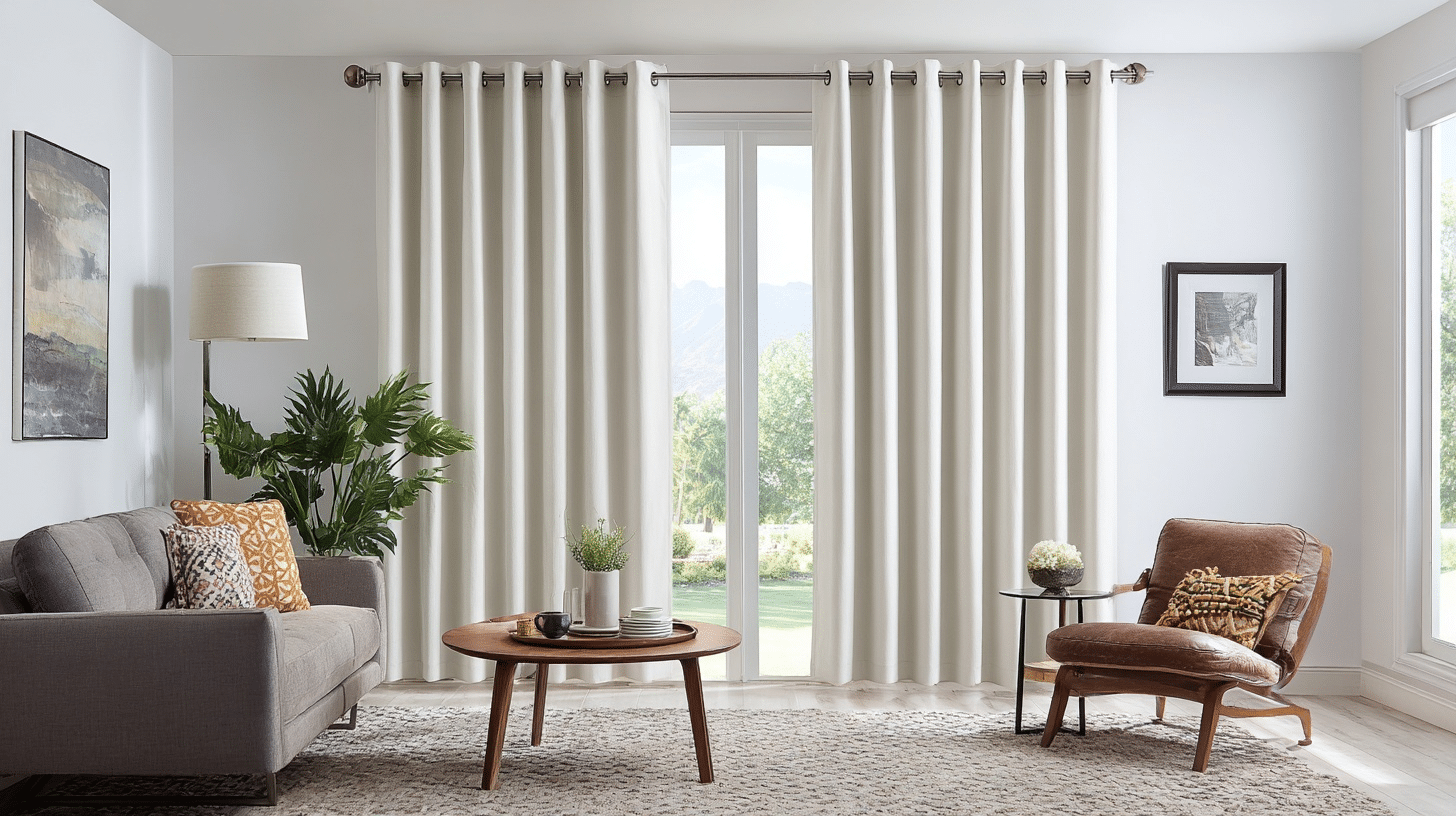
Grommet curtains have metal rings sewn into the top that slide directly onto the curtain rod. They create even pleats and are easy to open and close.
This modern style works well in contemporary homes and casual living spaces.
Rod Pocket Curtains
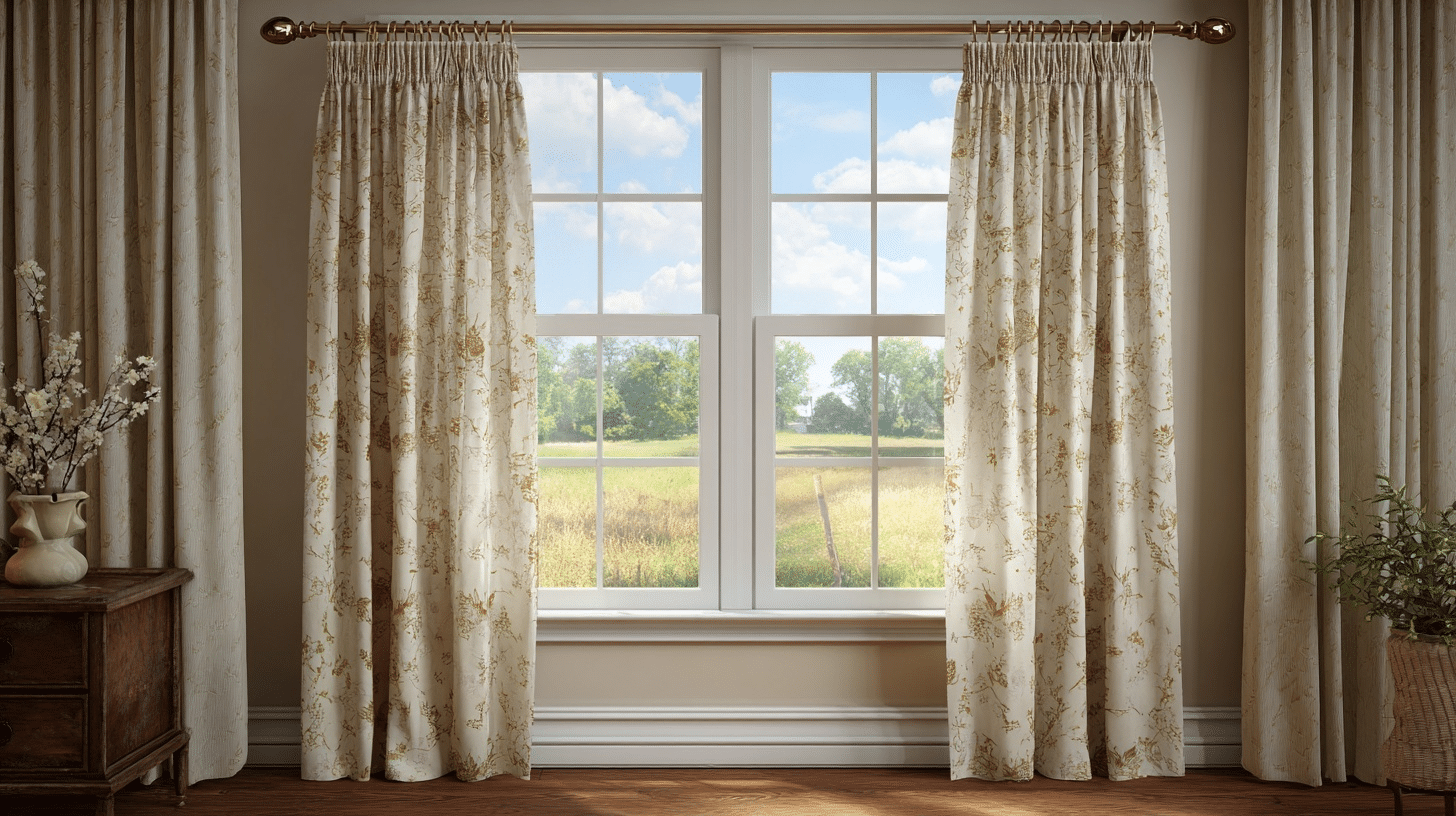
Rod pocket curtains have a sewn channel at the top where the curtain rod slides through.
They create a gathered look and stay in place well. This traditional style suits farmhouse, cottage, or classic home decor themes perfectly.
Tab Top Curtains
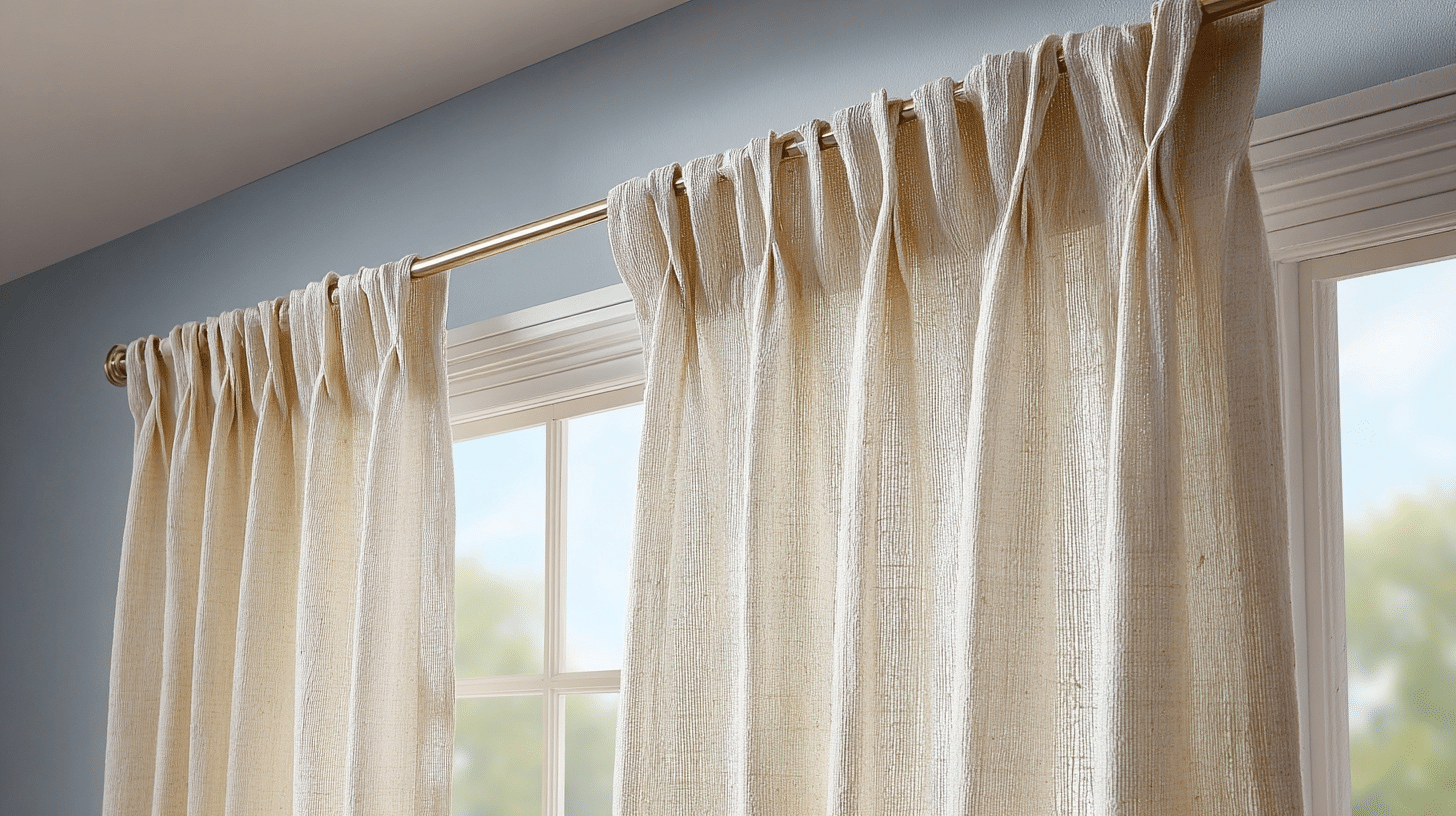
Tab top curtains have fabric loops sewn at the top that slide over the curtain rod.
They create a casual, relaxed appearance with gentle pleats. These work best in informal spaces, such as kitchens, bedrooms, or family rooms, with a laid-back style.
Final Thoughts
Choosing the right curtain length can change the look and feel of your rooms. When you match standard measurements to your windows, everything falls into place naturally. Your spaces look finished and professional.
Measure your window height, decide on rod placement, consider the room’s function, and select the closest standard curtain length that suits your needs. These simple actions save you time and money while giving you results that work.
Start with one room and see the difference a proper curtain length makes. You’ll notice how much better everything looks when the proportions are right.
What’s your biggest challenge with curtain lengths? Share your experience in the comments below – other readers might have the same questions you do.


